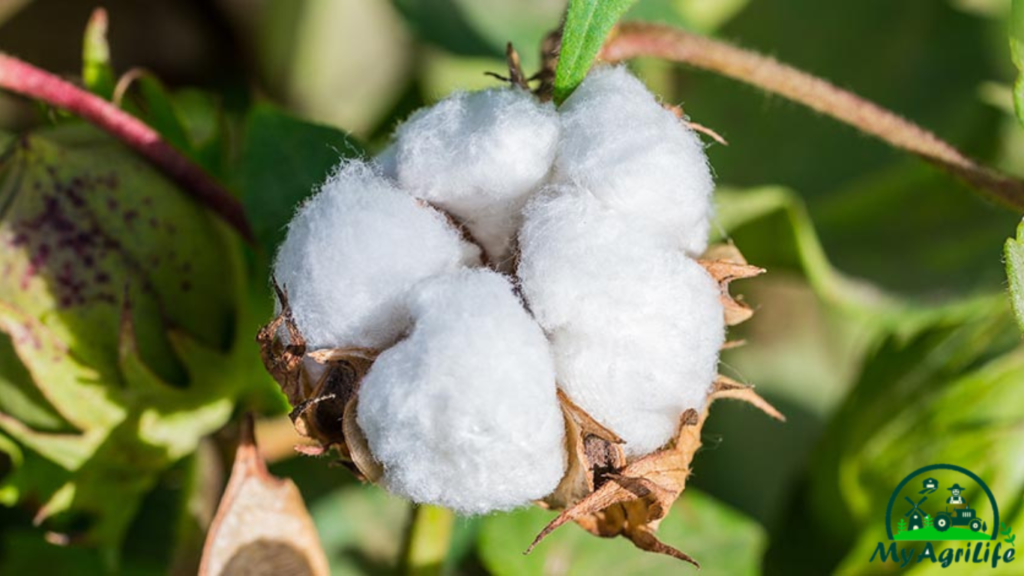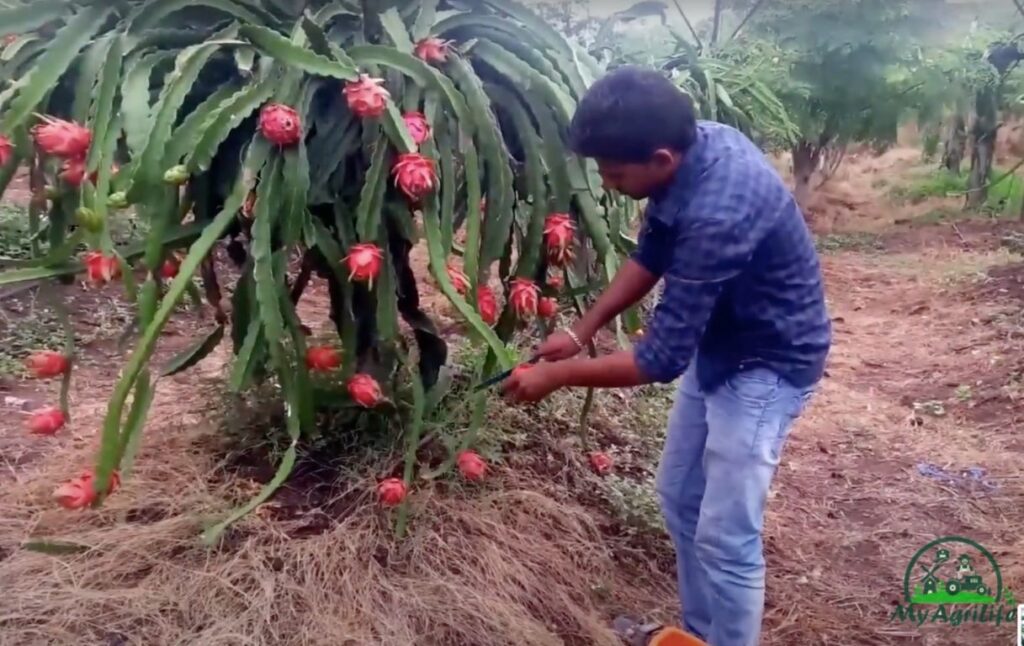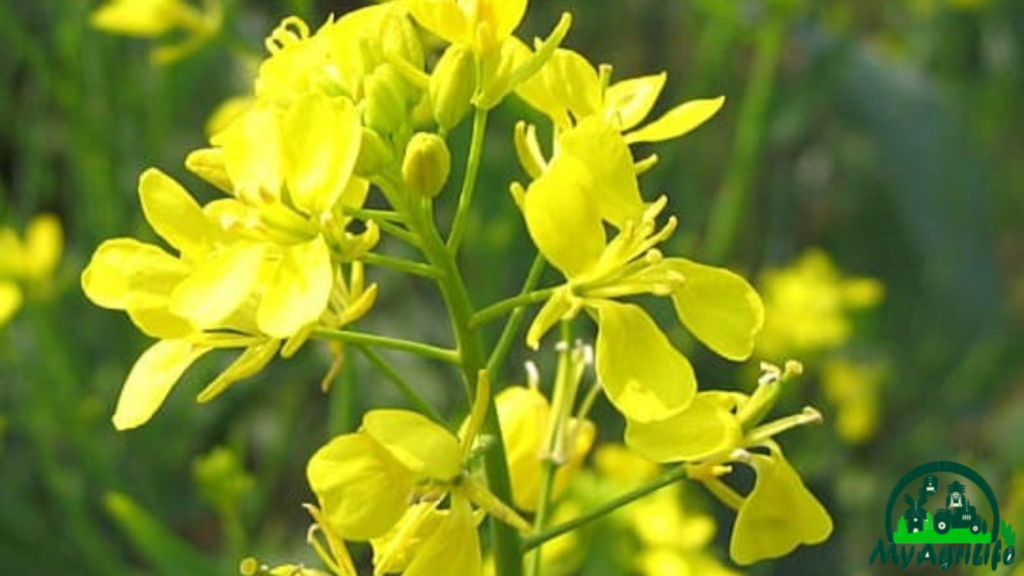
Rai, also known as mustard, is an important oilseed crop that is widely cultivated in many parts of the world. It is a member of the Brassicaceae family and is grown for its oil-rich seeds, which are used for cooking oil, animal feed, and various industrial applications.
Rai farming is an important agricultural practice in many regions, particularly in South Asia and Canada. The crop is known for its adaptability to various climatic conditions and soil types, making it a versatile crop that can be grown in diverse regions.
Rai cultivation involves several steps, including land preparation, seed selection, crop management practices, and post-harvest handling. Proper irrigation, fertilization, and weed control practices are critical for achieving optimal yield and quality. Post-harvest handling, including seed cleaning, treatment, and storage, is also important for maintaining seed quality and ensuring a healthy and productive crop in the next growing season.
Rai farming has the potential to provide a source of income and food security for farmers and their families. Additionally, it can contribute to a sustainable agricultural system by improving soil health and reducing dependence on synthetic fertilizers and pesticides.
Overall, rai farming is an important agricultural practice that can provide numerous benefits to farmers and the environment. With proper planning, management, and attention to detail, farmers can achieve successful rai cultivation and contribute to a healthy and sustainable agricultural system.
Seed Specification Rai
Rai (mustard seeds) are a small round seed that are commonly used as a spice in Indian cooking. The specifications of rai seeds can vary depending on the variety and the source, but some common specifications include:
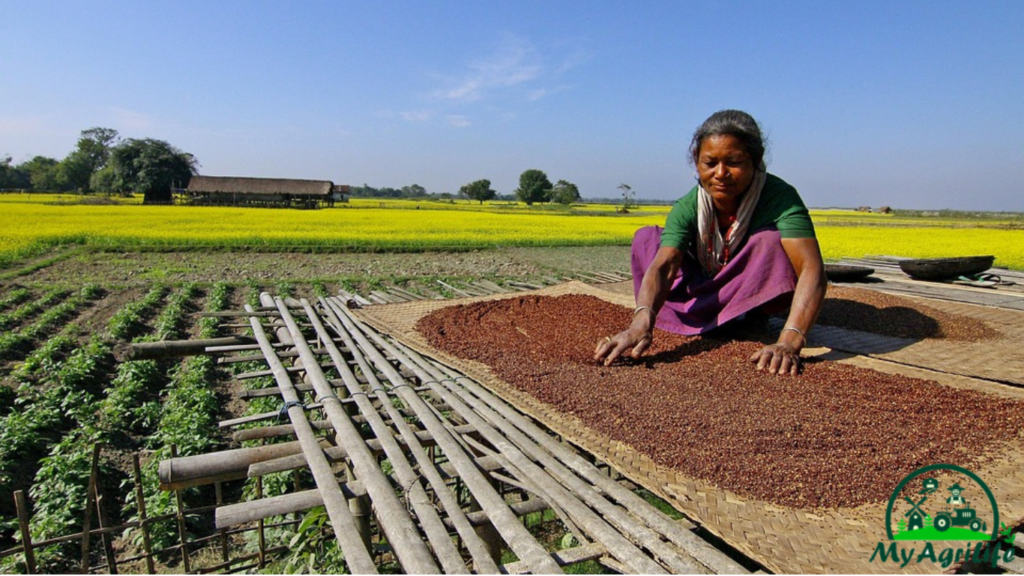
1.Size: The size of rai seeds can vary, but they are generally small, measuring around 1-2 mm in diameter.
2.Color: Rai seeds are typically black, brown, or yellowish-brown in color.
3.Aroma and flavor: Rai seeds have a pungent aroma and a strong, sharp flavor that is slightly bitter.
4.Moisture content: The moisture content of rai seeds should be below 10% to ensure good quality and long shelf life.
5.Oil content: The oil content of rai seeds can vary, but it is typically around 35-45%.
6.Foreign matter: Rai seeds should be free from foreign matter such as dirt, stones, and other seeds.
7.Other specifications: Other specifications for rai seeds may include the percentage of broken seeds, the percentage of impurities, and the percentage of admixture with other seeds.
It is important to note that different varieties of rai seeds may have slightly different specifications, and these specifications may also vary depending on the location and conditions in which the seeds are grown.
Land Preparation & Soil Health Mustard
Land preparation and soil health are important factors to consider when growing rai (mustard) crops. Here are some key aspects to consider:
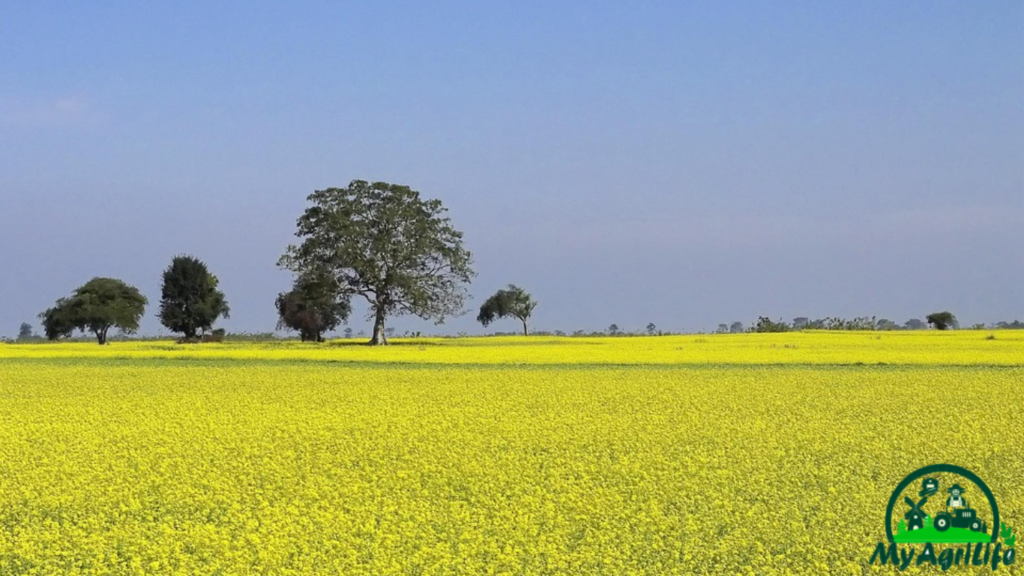
1.Land preparation: Rai can be grown in a range of soil types, but it prefers well-drained soils that are rich in organic matter. Before planting, the land should be prepared by plowing, harrowing, and leveling the soil to ensure a good seedbed for the crop.
2.Soil fertility: Rai crops require adequate levels of nutrients for healthy growth and yield. Soil testing can help determine the nutrient status of the soil and guide fertilization practices. The addition of organic matter, such as compost or manure, can also help improve soil fertility.
3.Soil pH: The optimal pH range for growing rai crops is between 6.0 and 7.5. If the soil pH is outside of this range, it may be necessary to adjust it by applying lime or sulfur.
4.Soil moisture: Rai crops require adequate soil moisture for healthy growth and yield. Irrigation may be necessary in areas with limited rainfall or during dry periods.
5.Crop rotation: Crop rotation can help maintain soil health and reduce the incidence of pests and diseases. Rai should not be grown on the same land more than once every three years.
6.Weed control: Weeds can compete with rai crops for nutrients and water, so it is important to control them through cultural practices, such as timely tillage and hand weeding, or through the use of herbicides.
7.Pest and disease control: Rai crops can be affected by a range of pests and diseases, including aphids, flea beetles, whiteflies, and downy mildew. Integrated pest management practices, such as the use of resistant varieties, cultural practices, and targeted pesticide applications, can help manage these threats and reduce crop losses.
By considering these factors, farmers can help ensure that their rai crops are healthy and productive, and that their soil remains fertile and sustainable over the long term.
Crop Spray & Fertilizer Specification Mustard
Crop spray and fertilizer specifications for rai (mustard) crops can vary depending on the specific needs of the crop, the soil conditions, and the growing environment. Here are some general guidelines for crop spray and fertilizer specification for rai:
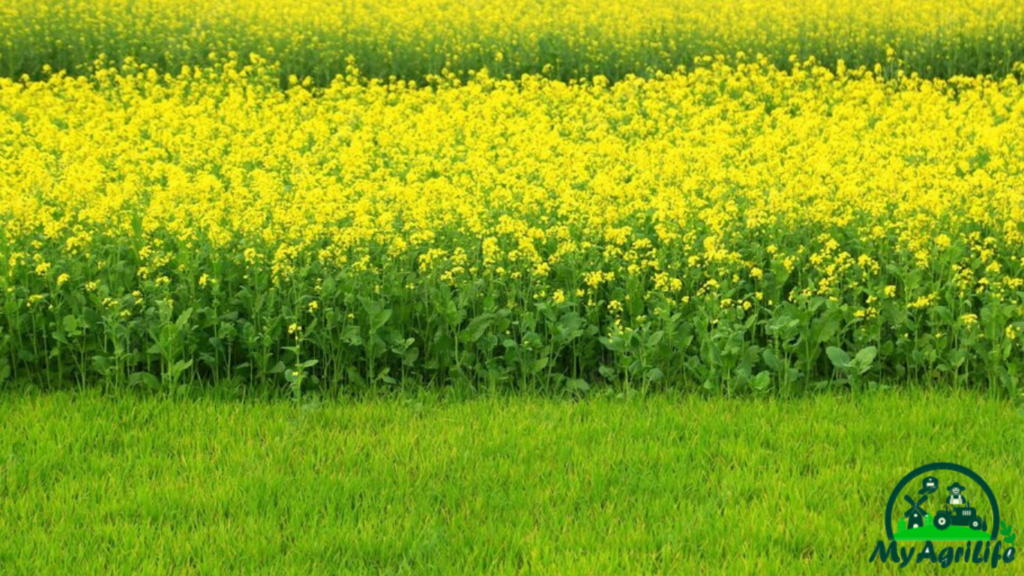
1.Fertilizer: Rai crops require a balanced application of nitrogen, phosphorus, and potassium (NPK) for healthy growth and yield. The recommended NPK ratio for rai crops is 60:30:30 kg/ha. The application of organic matter, such as compost or manure, can also help improve soil fertility.
2.Crop spray: Rai crops may require the application of pesticides to manage pests and diseases. The type and frequency of crop spray will depend on the specific pests and diseases present in the growing environment. Common pests of rai crops include aphids, flea beetles, and whiteflies, while common diseases include downy mildew and alternaria blight. It is important to follow the label instructions and safety guidelines when applying pesticides.
3.Timing of application: The timing of fertilizer and crop spray applications is important for maximizing crop yield and minimizing negative impacts on the environment. Fertilizer should be applied before planting or at the early stages of growth. Crop spray applications should be timed to coincide with the life cycle of the pests or diseases being targeted.
4.Quantity: The amount of fertilizer and crop spray required will depend on the specific needs of the crop and the soil conditions. It is important to carefully measure and calculate the amount of fertilizer and pesticide needed to avoid overuse or underuse.
5.Soil testing: Regular soil testing can help determine the nutrient status of the soil and guide fertilizer application practices. Soil testing can also help identify potential soil health issues that may require corrective action.
By following these guidelines, farmers can help ensure that their rai crops receive the right amount and type of fertilizer and crop spray for optimal growth and yield, while minimizing negative impacts on the environment.
Weeding & Irrigation Mustard
Weeding and irrigation are important practices in the cultivation of rai (mustard) crops. Here are some guidelines for effective weeding and irrigation practices for rai:

1.Weeding: Rai crops should be kept weed-free to reduce competition for nutrients, water, and light. Manual weeding, using hand tools or by pulling weeds by hand, is a common practice in small-scale farming. For larger farms, herbicides may be used for weed control. However, it is important to carefully follow label instructions and safety guidelines when using herbicides.
2.Timing of weeding: Weeding should be done at regular intervals, typically every 2-3 weeks, to prevent weeds from establishing and competing with the crop. Weeding should be done carefully to avoid damaging the crop and root system.
3.Irrigation: Rai crops require adequate soil moisture for healthy growth and yield. The frequency and amount of irrigation required will depend on the soil type, weather conditions, and crop growth stage. Overwatering should be avoided as it can lead to waterlogging and other issues.

4.Timing of irrigation: Irrigation should be timed to coincide with the crop growth stage and weather conditions. During the early growth stages, the crop requires more water, while in the later stages, the water requirement is reduced. It is important to avoid irrigating during rainy periods, as this can lead to waterlogging and crop damage.
5.Method of irrigation: Various methods of irrigation can be used for rai crops, including surface irrigation, sprinkler irrigation, and drip irrigation. The choice of irrigation method will depend on the farm size, soil type, and water availability.
By following these guidelines, farmers can ensure that their rai crops receive adequate soil moisture and are kept weed-free, leading to healthy growth and optimal yield.
Harvesting & Storage Mustard
Harvesting and storage are important aspects of rai (mustard) crop cultivation. Here are some guidelines for effective harvesting and storage practices for rai:
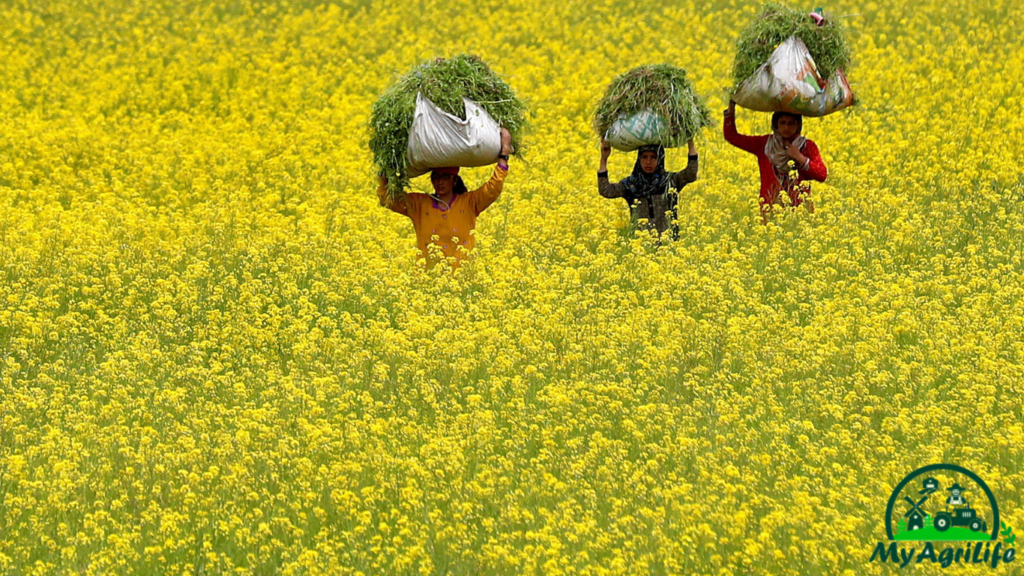
1.Harvesting: Rai crops should be harvested when the pods turn yellow and the seeds inside the pods turn brown. The pods should be cut or pulled from the plant and allowed to dry in the sun for several days until they are completely dry.
2.Post-harvest handling: After the pods are dried, the seeds can be separated from the pods using threshing or other mechanical means. The seeds should then be cleaned to remove any debris, dust, or chaff.
3.Storage: Rai seeds should be stored in a cool, dry place to prevent spoilage and preserve quality. The seeds should be stored in moisture-proof containers to prevent moisture from entering and causing mold or fungal growth. It is also important to protect the seeds from pests, such as rodents and insects, which can damage or consume the seeds.
4.Seed treatment: Before storage, rai seeds can be treated with a fungicide or insecticide to prevent the growth of fungi and insects that can damage the seeds. The treatment should be done according to label instructions and safety guidelines.
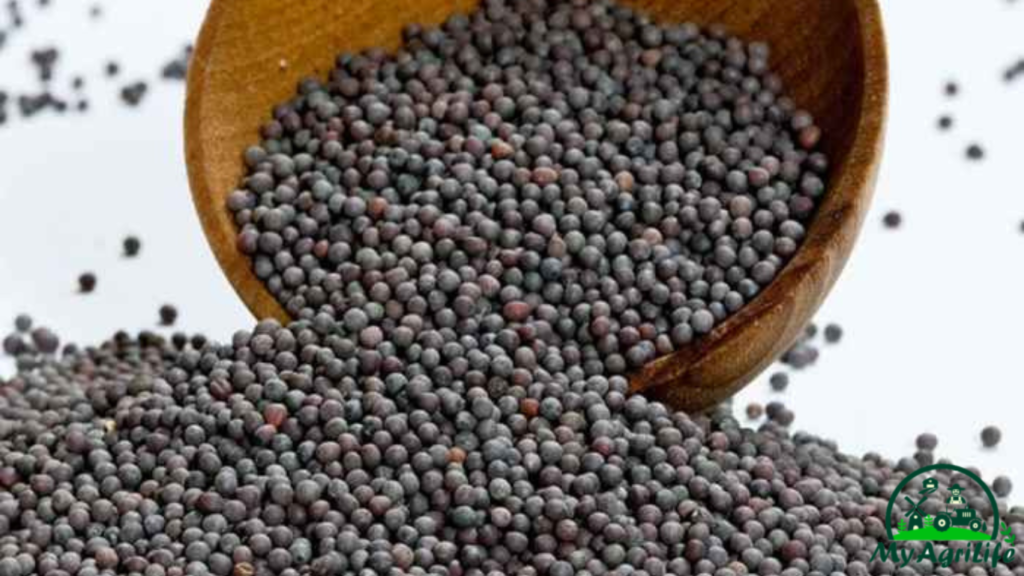
5.Quality testing: Before planting the seeds in the next season, it is recommended to test the seed quality to ensure good germination and growth. Seed quality testing can be done by a seed testing laboratory or by conducting a germination test at the farm.
By following these guidelines, farmers can ensure that their rai crops are harvested at the right time, stored properly, and preserved for future use. Proper post-harvest handling and storage practices can help maintain seed quality and ensure a healthy and productive crop in the next growing season.
conclusion
In conclusion, rai (mustard) farming is an important agricultural practice in many parts of the world. It is a versatile crop that can be grown in a wide range of climatic conditions and soil types. Rai is an important source of oil, protein, and other nutrients, making it a valuable crop for both human and animal consumption.
To achieve successful rai cultivation, farmers need to pay attention to various factors, including land preparation, soil health, seed selection, crop management practices, and post-harvest handling. Proper irrigation, fertilization, and weed control practices are important for achieving optimal yield and quality. Post-harvest handling, including seed cleaning, treatment, and storage, is also critical for maintaining seed quality and ensuring a healthy and productive crop in the next growing season.
Overall, rai farming requires careful planning, management, and attention to detail to achieve successful cultivation and a profitable harvest. By following best practices and seeking advice from agricultural experts, farmers can improve their rai crop yield and contribute to a sustainable and healthy agricultural system.








